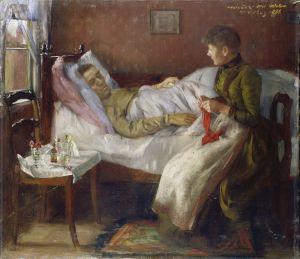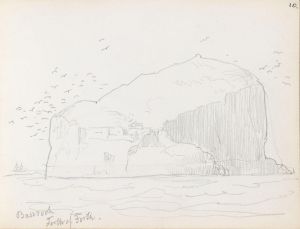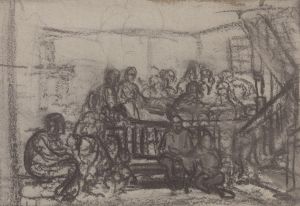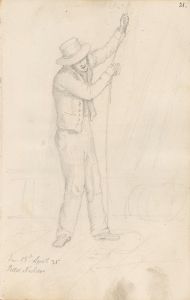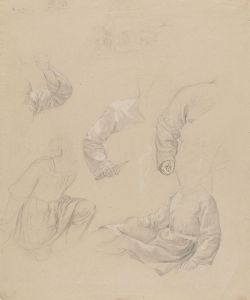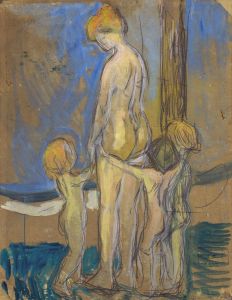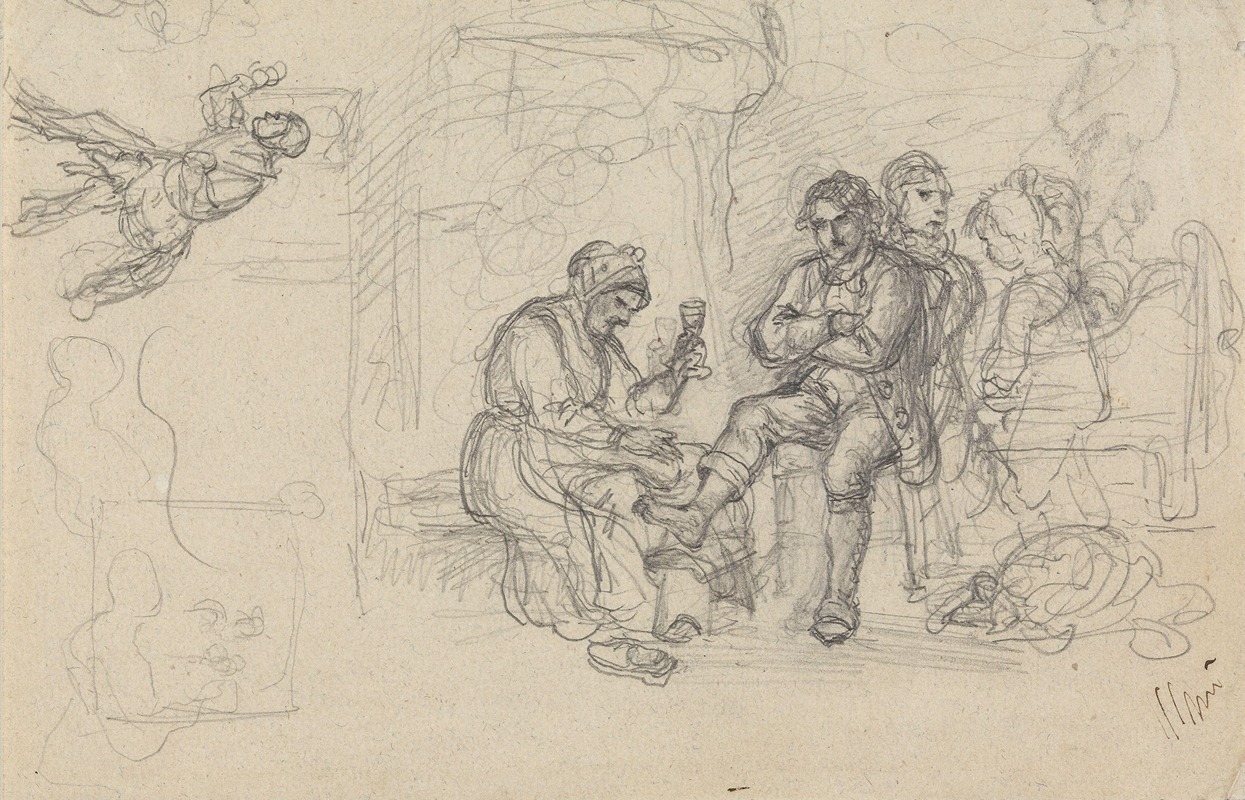
Kone som vasker sittende ung manns fot
A hand-painted replica of Adolph Tidemand’s masterpiece Kone som vasker sittende ung manns fot, meticulously crafted by professional artists to capture the true essence of the original. Each piece is created with museum-quality canvas and rare mineral pigments, carefully painted by experienced artists with delicate brushstrokes and rich, layered colors to perfectly recreate the texture of the original artwork. Unlike machine-printed reproductions, this hand-painted version brings the painting to life, infused with the artist’s emotions and skill in every stroke. Whether for personal collection or home decoration, it instantly elevates the artistic atmosphere of any space.
Adolph Tidemand, a prominent Norwegian painter of the 19th century, is best known for his depictions of Norwegian folk life and culture. One of his works, Kone som vasker sittende ung manns fot (translated as Woman Washing a Seated Young Man's Foot), reflects his characteristic focus on everyday life and intimate domestic scenes. The painting portrays a woman engaged in the act of washing the foot of a young man who is seated, capturing a moment of care and humility.
Adolph Tidemand (1814–1876) was a central figure in the Norwegian Romantic Nationalism movement, which sought to celebrate and preserve the traditions and identity of Norway during a time of growing national consciousness. His works often depicted rural life, traditional costumes, and customs, contributing to a visual narrative of Norwegian heritage. While many of his paintings are widely recognized, such as Haugianerne (The Haugeans) and Brudeferden i Hardanger (The Bridal Procession in Hardanger), Kone som vasker sittende ung manns fot is a lesser-known piece that still embodies his dedication to portraying human relationships and cultural practices.
The painting is executed in Tidemand's characteristic realist style, with careful attention to detail and a focus on the emotional connection between the figures. The composition emphasizes the act of service and care, with the woman bending over the young man's foot in a gesture of humility and devotion. The subdued color palette and naturalistic rendering of the figures reflect Tidemand's commitment to realism and his ability to convey the dignity of everyday life.
Unfortunately, specific details about the creation, provenance, or current location of Kone som vasker sittende ung manns fot are not widely documented. It is not among Tidemand's most famous works, and its historical context or reception remains unclear. However, like much of Tidemand's oeuvre, the painting likely reflects his broader interest in exploring themes of human connection, tradition, and the quiet beauty of ordinary moments.
Adolph Tidemand's legacy as one of Norway's most celebrated painters endures, with his works continuing to be studied and appreciated for their cultural and historical significance. While Kone som vasker sittende ung manns fot may not be as well-known as some of his other paintings, it remains a testament to his skill in capturing the essence of Norwegian life and the universal themes of care and compassion.







